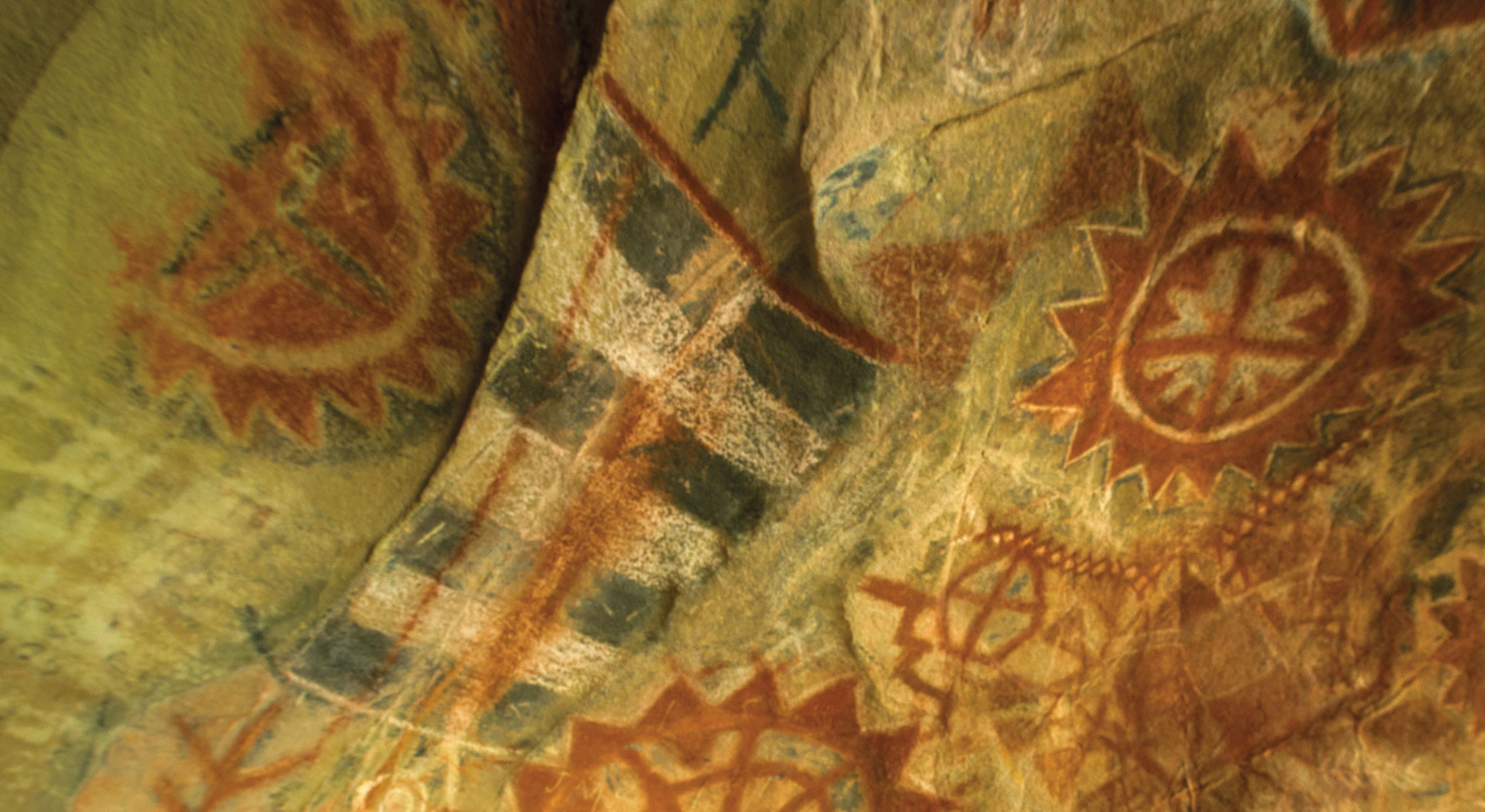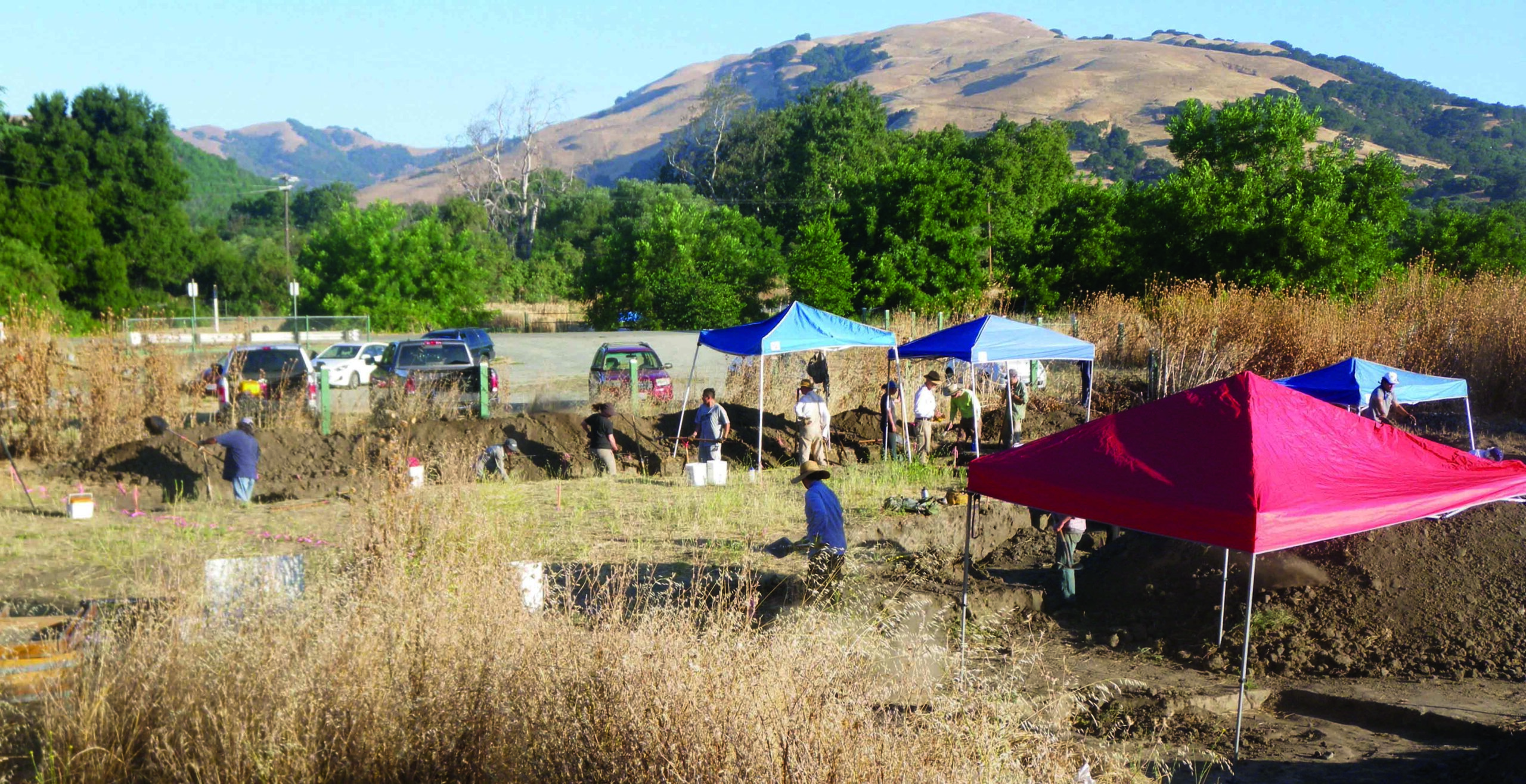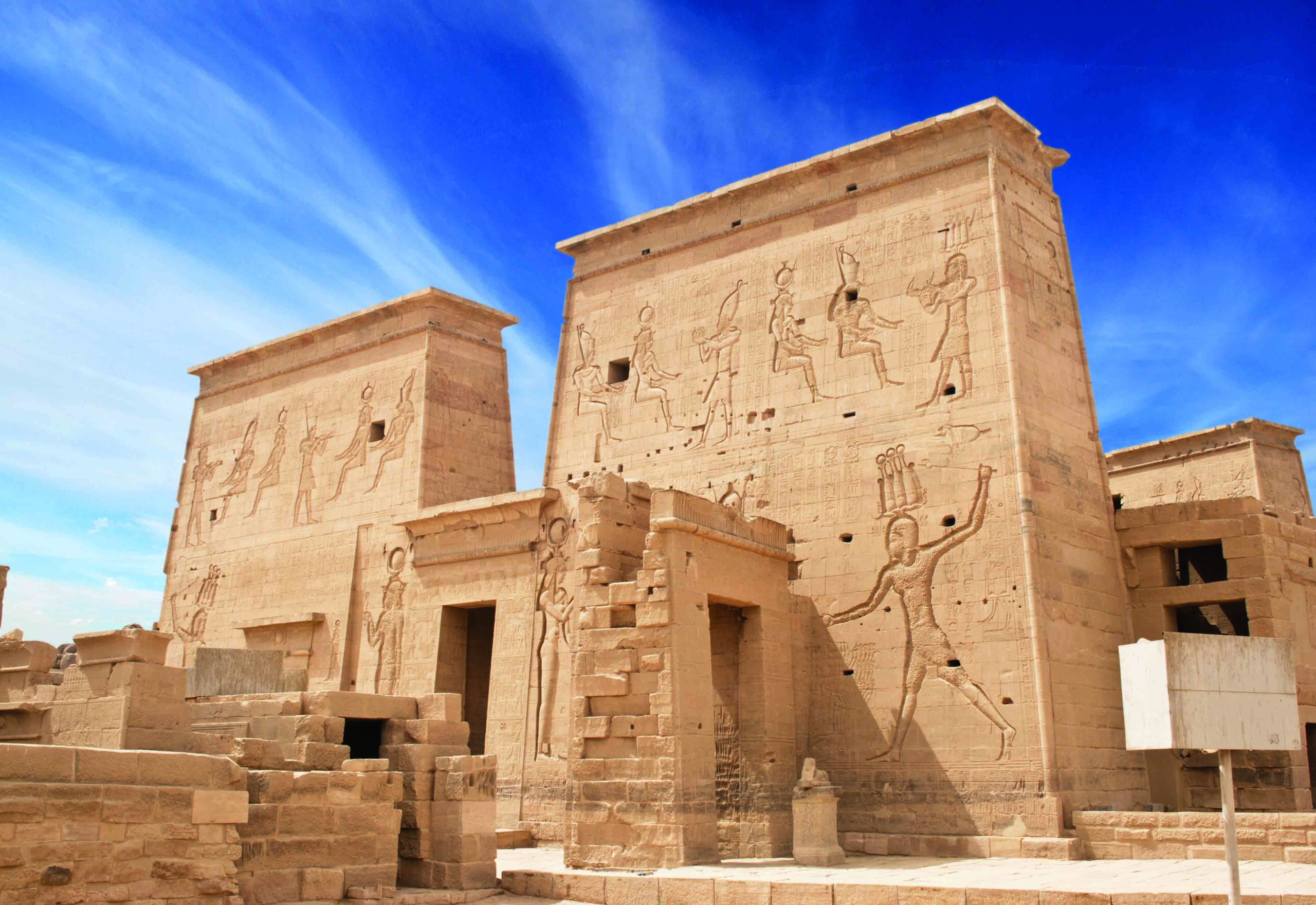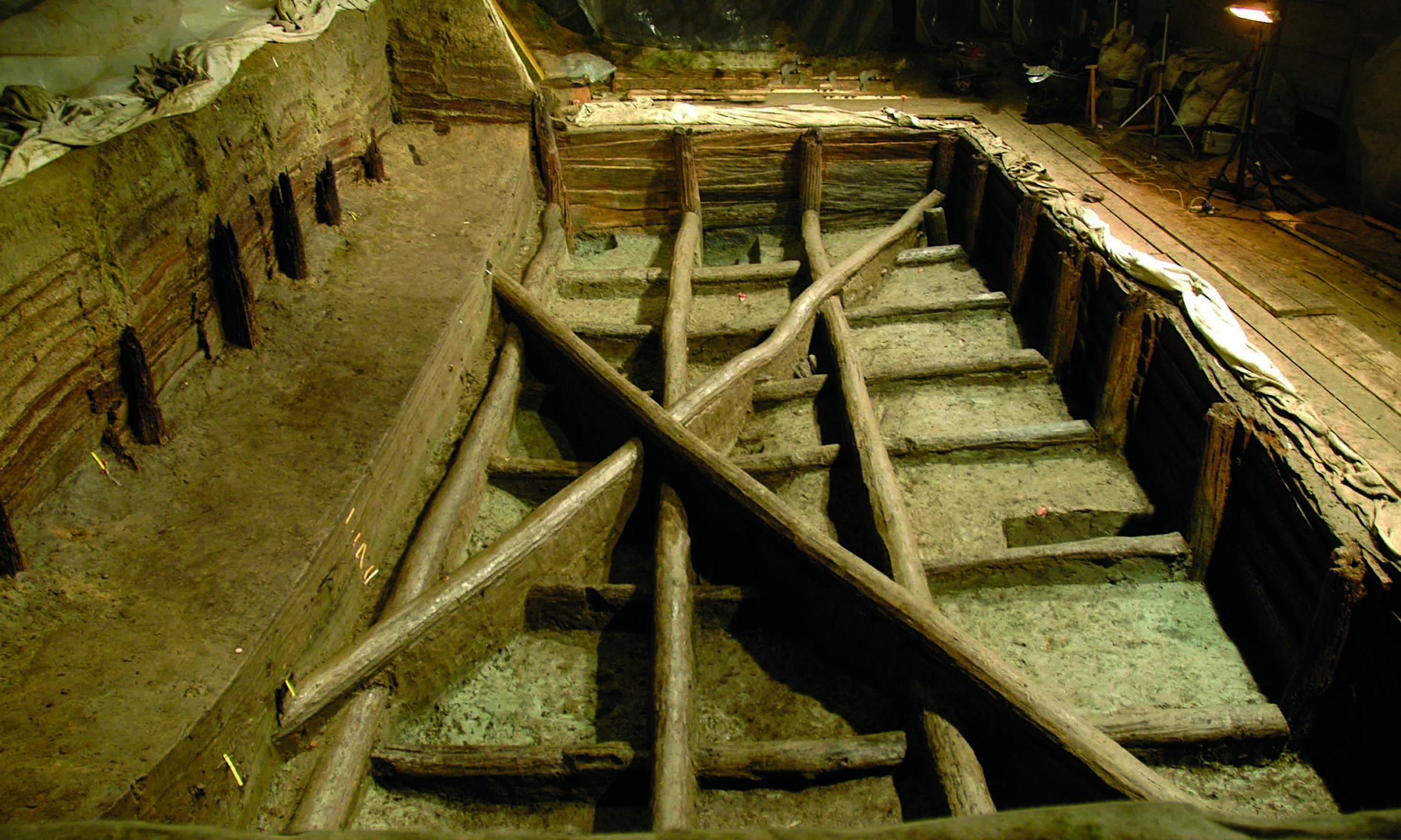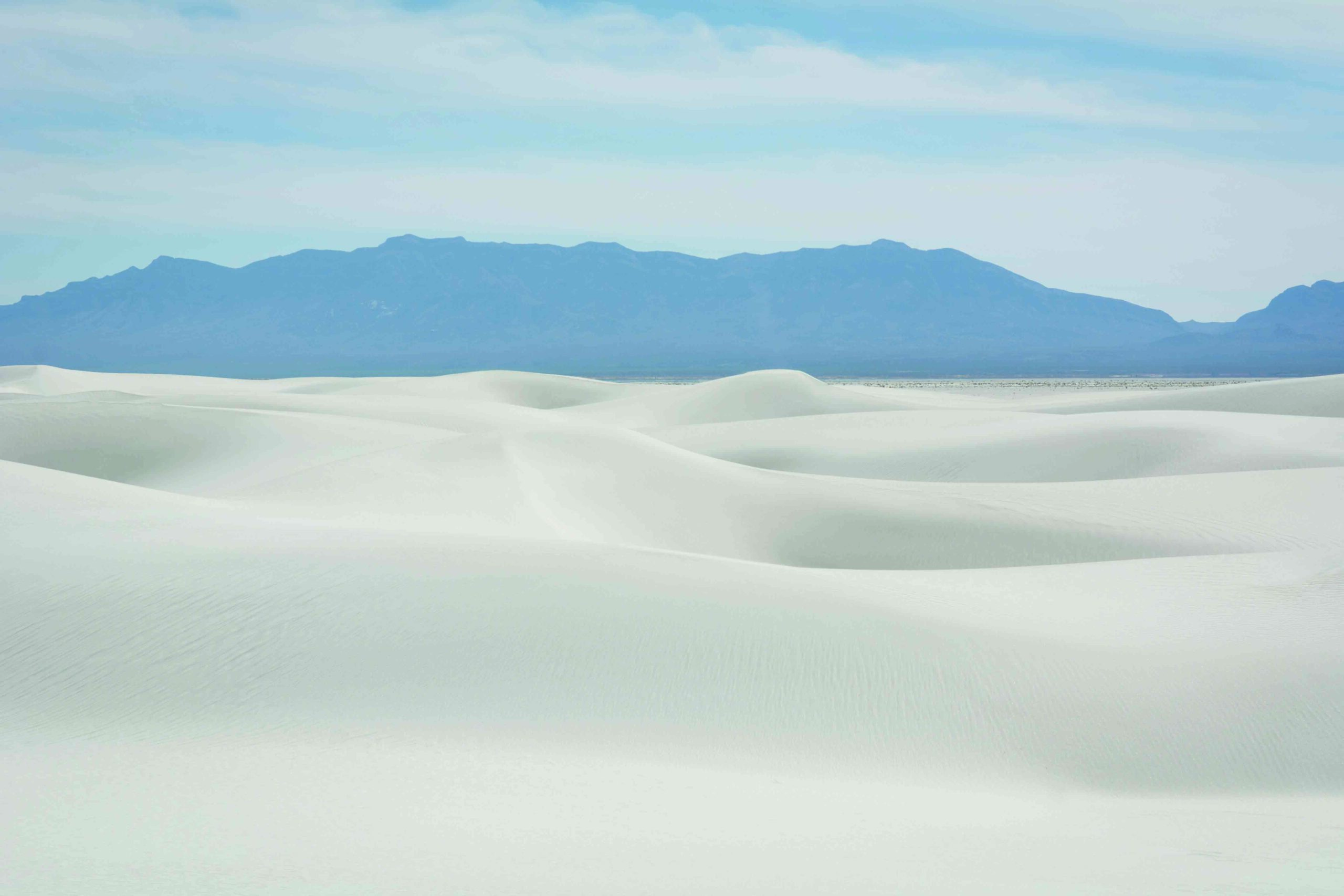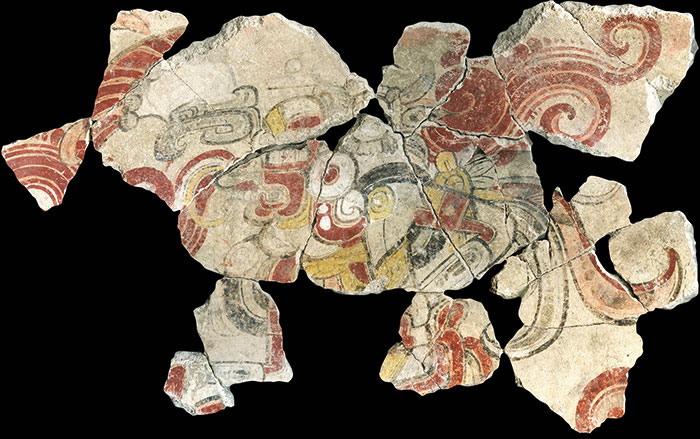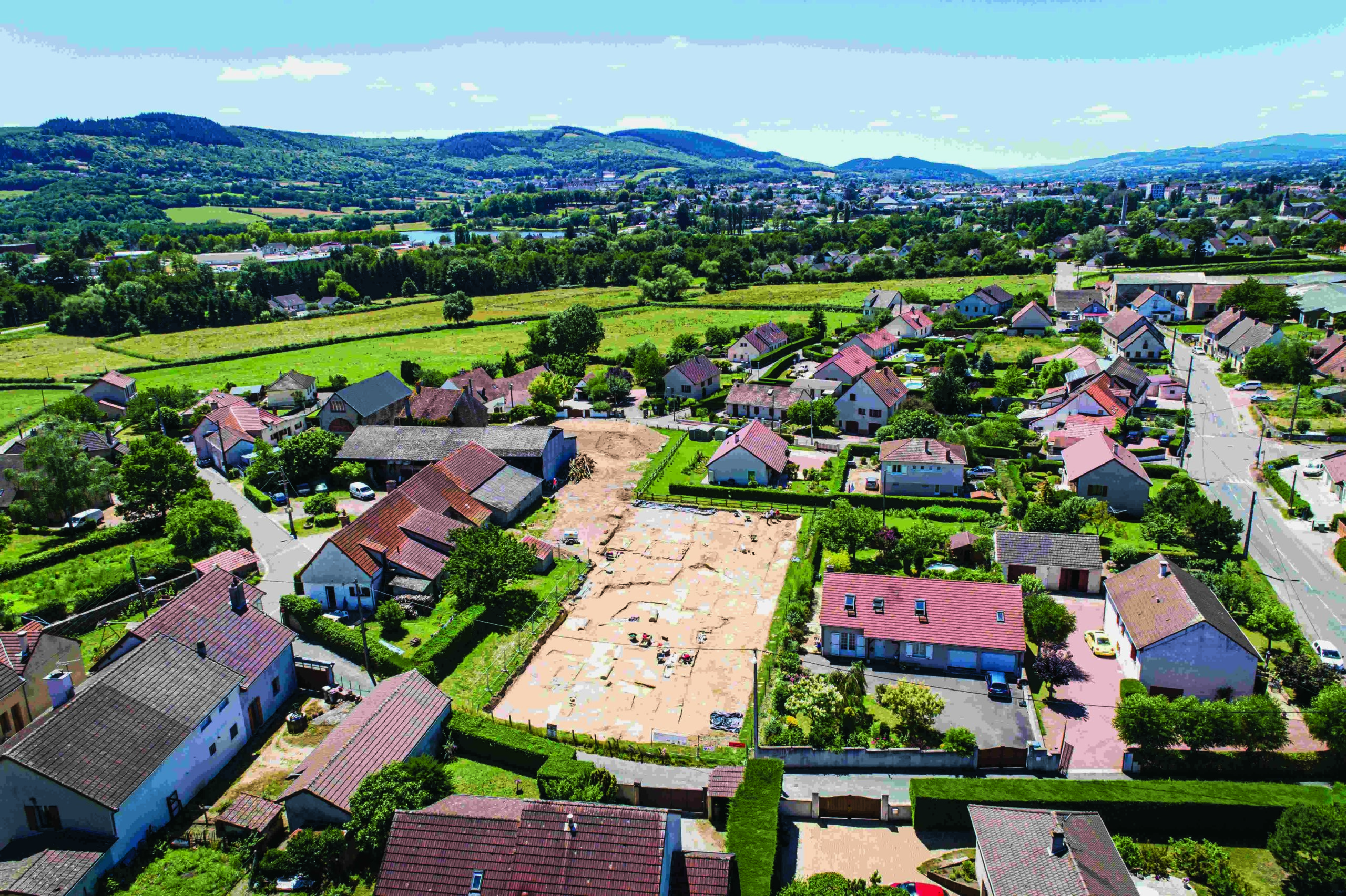
LAWRENCE, KANSAS—According to a statement released by the University of Kansas, genetic analysis of a few mid-nineteenth-century cod bones uncovered in San Francisco’s Thompson’s Cove area by Cyler Conrad of the University of New Mexico and Brittany Bingham of the University of Kansas revealed that the fish were not locally caught, but had originated in the Atlantic Ocean. The fish is likely to have been imported as a mostly deboned, dried, and salted product as the population of Thompson’s Cove expanded from just 800 residents to more than 20,000 during the California Gold Rush between 1848 and 1849. Conrad explained that to reach San Francisco, the Atlantic cod would have been shipped from the East Coast by boat all the way around South America’s Cape Horn, or shipped by boat to Panama, then carried overland across the isthmus, and reloaded on a boat for the final leg of the journey to northern California. Other bones at the site suggest wild game, ducks and geese, and imported Galapagos tortoise were also on the menu. Read the original scholarly article about this research in SocArXiv Papers. To read about the forgotten human history of the Galapagos, go to "Letter from the Galapagos Islands: Transforming the Enchanted Isles."



